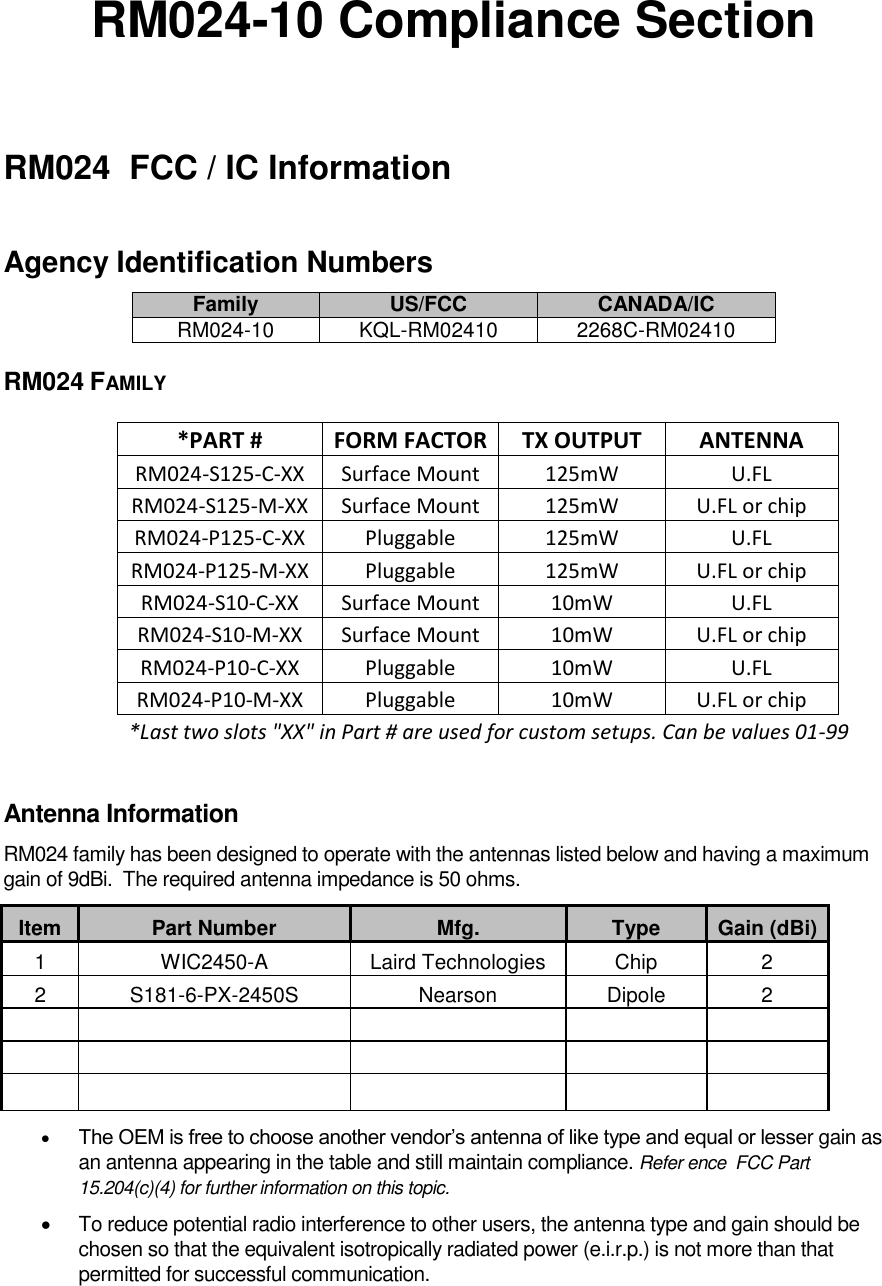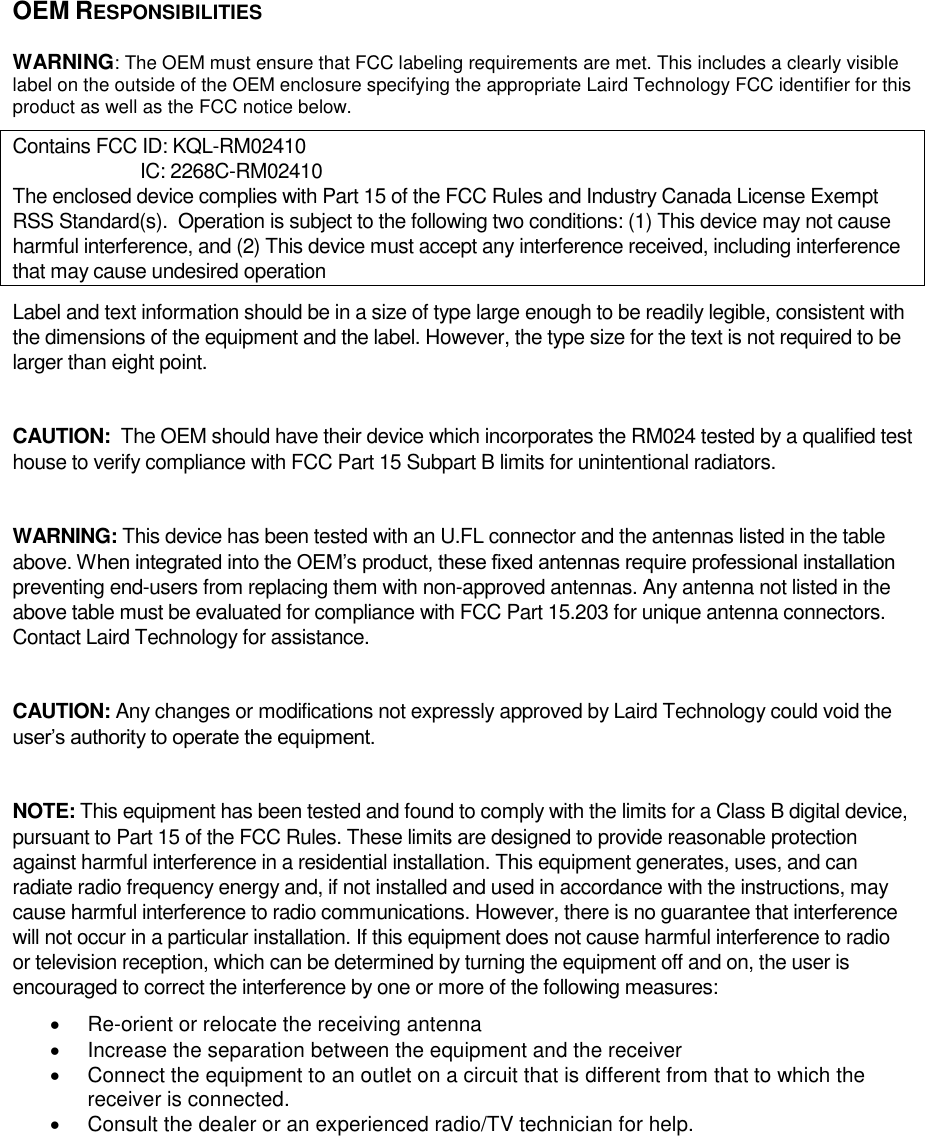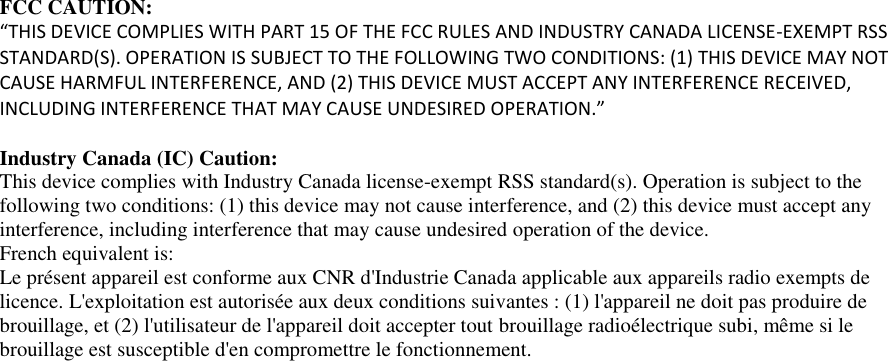Laird Connectivity RM02410 2.4 GHz Frequency Hopping Spread Spectrum Transceiver System User Manual 1
AeroComm Corporation 2.4 GHz Frequency Hopping Spread Spectrum Transceiver System 1
Contents
- 1. Users Manual
- 2. Users Manual - CS-RegulatoryInfo-RM024 1.6
Users Manual


